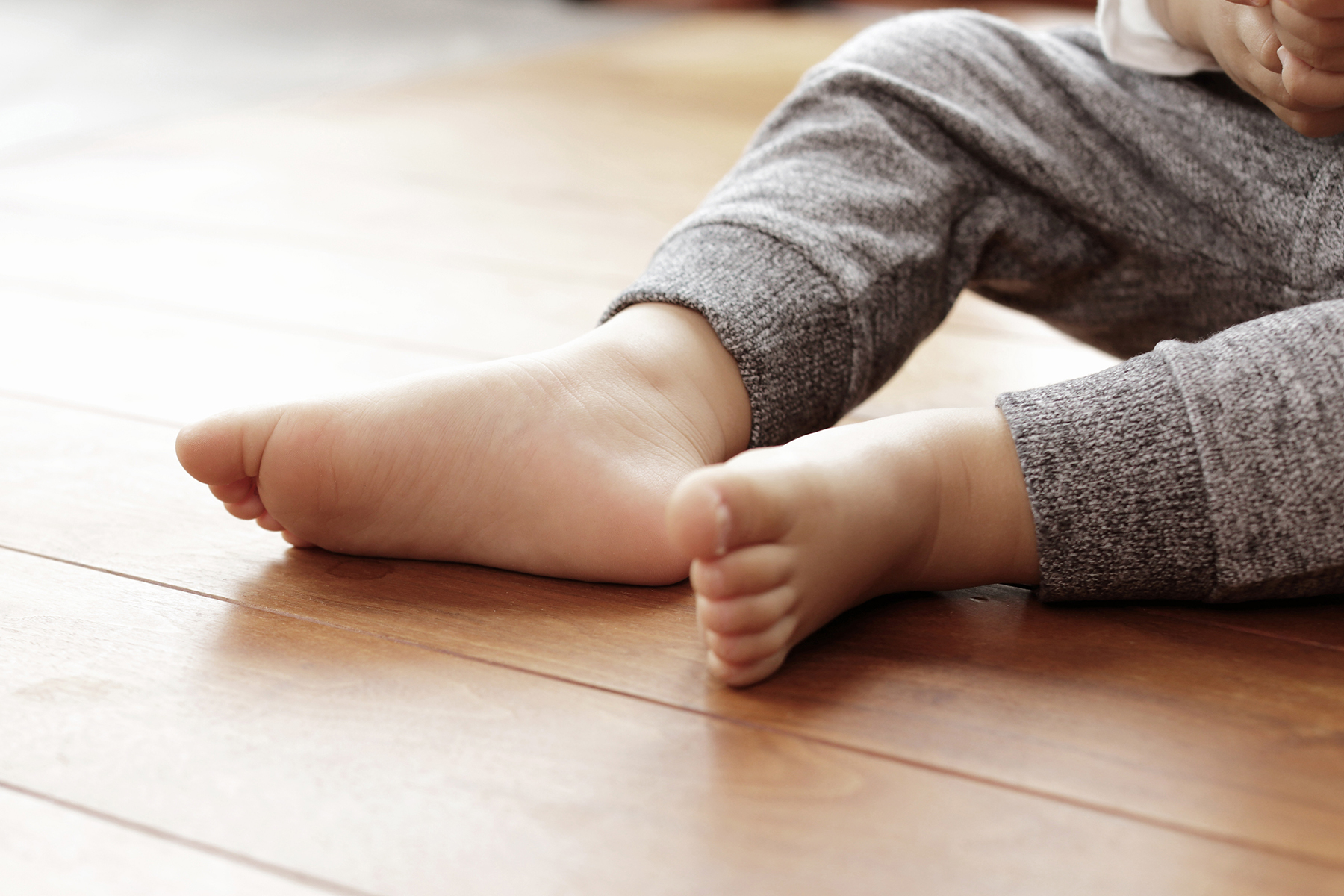

Club Feet
Information for Families – Club Foot
What is a Clubfoot?
Clubfoot is a common deformity that is often seen on the 20 week pregnancy scan but only confirmed at birth. It occurs in about 1 in 1,000 babies. We don’t know the cause. What is important for you to know is that after treatment, your child will have a relatively normal looking foot with normal function. Clubfoot usually results in no physical disability, and you can expect your child to lead a normal active life.
What is the Treatment for Clubfoot?
Traditionally clubfoot was treated by comprehensive surgical release. Nowadays the Ponseti technique is used worldwide. In 1995 a study was published that showed at 30 year follow up, people treated with the Ponseti technique did extremely well in terms of function and pain scores.
What is the Ponseti technique?
This is a minimally invasive technique of correcting clubfoot. It is divided into 3 distinct stages:
Step 1 – Obtaining Correction with specialised stretching and plaster casts The foot is stretched and massaged by a specialist physiotherapist to stretch the tight ligaments and tendons. A plaster cast is then applied from the toes to above the knee to hold this stretch. Casts are changed on a weekly basis as the position of the foot gradually improves. Usually about 5-7 casts are needed.
Step 2 – Achilles tenotomy About 90% of children (9 out of 10) also require a small surgical procedure, called an achilles tenotomy to improve the position of the foot. This is performed in the clinic with local anaesthetic. A tiny cut is made to lengthen the tight heelcord at the back of the heel and then a further cast is applied for three weeks.
Step 3 – Maintaining Correction with the Foot Abduction Brace (Boots & Bar) Clubfoot deformity tends to recur after it is corrected, because babies feet are so flexible. To prevent this, after the last cast is removed, a brace consisting of special boots fitted to an adjustable bar are worn. It is necessary to wear the brace 23 out of 24 hours a day for the first three months. After that, the brace is worn at night and nap times up to the age of 5. It is very important that this plan is followed. Establishing a routine when applying the brace has also been shown to be helpful in allowing your child to adjust to the brace. Your physiotherapist will be happy to answer any specific questions about how to apply the brace and adjust it as needed.
Follow-Up Care & Relapses
After the clubfoot has been corrected, we will ask you to return to the clinic fairly regularly at first, and then less frequently as your child gets older. Your doctor will decide when the brace can be safely discontinued. To prevent relapses, do not discontinue the bracing on your own. If the deformity recurs during the first 2 to 3 years, restretching and casts may be needed. Occasionally, the heelcord may need to be relengthened. About 25% of patients (1/4 of those treated) require a more formal operation called a tibialis anterior tendon transfer before school age. This requires a general anaesthetic and an overnight stay in hospital. The doctor will discuss this in more detail if needed.
What to Expect in the Future
A child with a clubfoot corrected using the Ponseti technique as described, can be expected to have a nearly normal functioning foot. The treated foot will be slightly smaller than the other side, but rarely more than one shoe size. Also, the calf muscle will be smaller on that side. Although the child may notice these differences, especially when approaching self-conscious adolescent years, they are usually forgotten in subsequent years. Children and adults with corrected clubfoot participate, and can even excel, in all sports.
More valuable information for Parents and Families is available at http://www.steps-charity.org.uk/



